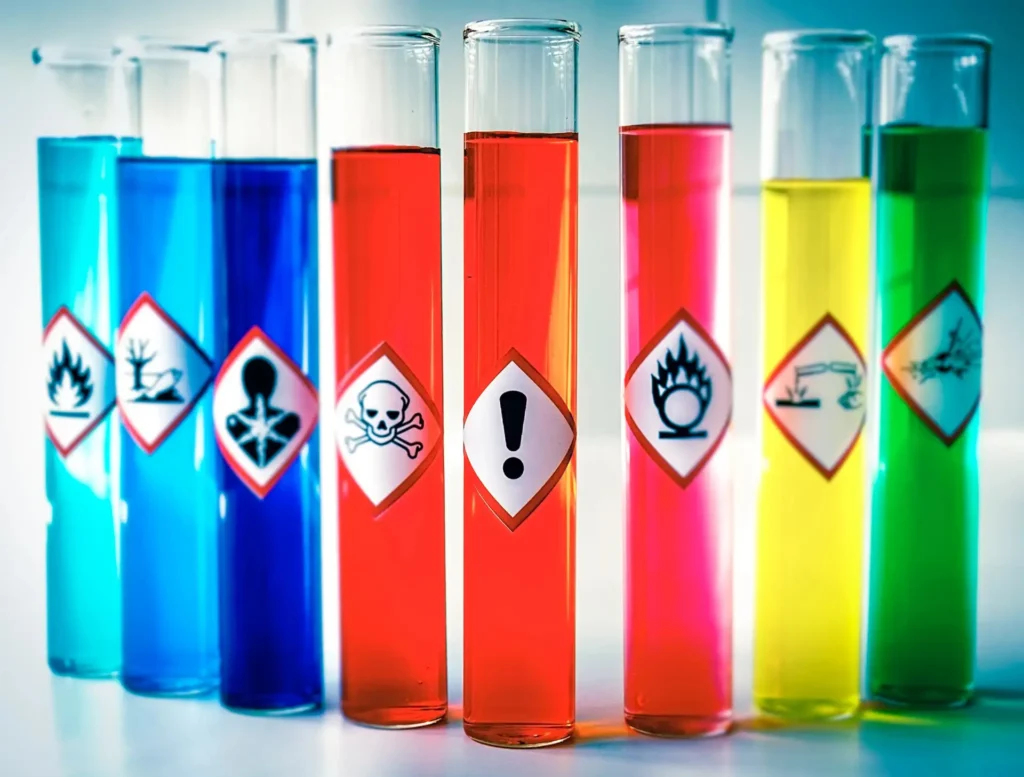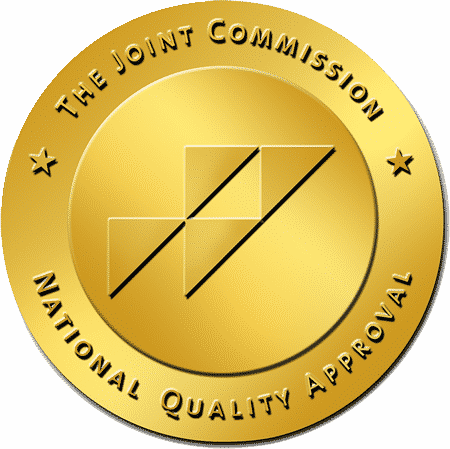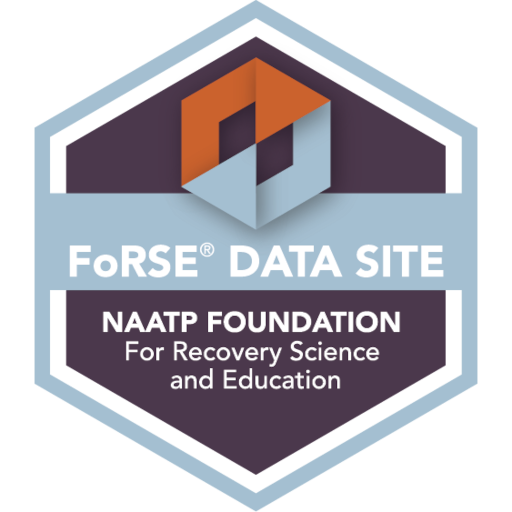PCP, also known as “Angel Dust,” is a potent hallucinogenic drug initially developed as an animal tranquilizer but later banned due to its severe side effects. It is a dissociative anesthetic mainly used recreationally for its significant mind-altering effects. Users often turn to Google to understand its effects and dangers, particularly regarding the formats it comes in and what it looks like such as an actual dust or a liquid (when a cigarette has been dipped into liquid PCP it can be referred to as embalming fluid). In this article, we answer these critical questions, including how PCP is used, its impact on health, and recovery options available.
Key Takeaways
- PCP, or Angel Dust, is a highly addictive dissociative drug with significant short- and long-term psychological and physical health risks, including severe anxiety, hallucinations, and changes in brain structure.
- Management of PCP toxicity and intoxication requires a multifaceted approach, including supportive care, sedation, and possible hospitalization to ensure patient safety and address immediate risks.
- La Hacienda Treatment Center offers a comprehensive recovery approach for PCP addiction, integrating medical detoxification, behavioral therapy, and ongoing aftercare services to support lasting recovery.
Introduction to Phencyclidine PCP
Phencyclidine, commonly referred to as PCP, is a potent dissociative drug with hallucinogenic properties. Known by various street names such as angel dust, peace pill, and rocket fuel, PCP is classified as a Schedule II substance due to its high potential for abuse and severe psychological and physical dependence. This dangerous drug profoundly affects the brain and body, leading to significant alterations in perception, mood, and cognitive function. Understanding the mechanisms of PCP’s action, its effects, and the risks associated with its use is important to identify substance abuse and provide appropriate medical and psychological support.
The acronym PCP stems from its organic name 1-(1-phenylcyclohexyl) piperidine, which alludes to its relatively simple production from the arylcyclohexylamine piperidine. – California Journal of Emergency Medicine : “Phencyclidine Intoxication and Adverse Effects: A Clinical and Pharmacological Review of an Illicit Drug
What is PCP (Angel Dust)?

Phencyclidine, better known as PCP or Angel Dust, was first synthesized in 1926 and introduced as an anesthetic in the 1950s. However, due to its severe adverse effects, it was discontinued for human use in 1965 and later banned as a medical anesthetic in 1967. PCP started being illegally produced in laboratories in the 1960s. It rapidly became a popular street drug in the United States. The drug’s chemical composition is 1-(1-phenylcyclohexyl-piperidine), classifying it as an arylcyclohexylamine.
PCP belongs to a class of substances known as drugs called hallucinogens, which are known for their mind-altering effects.
PCP is classified as a Schedule II substance in the US, indicating a high potential for abuse and the possibility of severe physical or psychological dependence. Common street names for PCP include peace pill, angel dust, embalming fluid, and crystal joints. The substance is typically found in various forms, including a white crystalline powder, liquid, and tablets. As an illegal street drug, it is often sold under deceptive terms, making it even more dangerous for users.
PCP’s effects are profound and multifaceted, impacting both the mind and body. This dissociative drug can cause hallucinations, distorted perceptions of reality, and severe behavioral changes, including hallucinogenic effects. It may also cause distorted perceptions of sounds and psychotic behavior. Understanding its methods of use and short- and long-term effects can help in recognizing and addressing pcp’s effects and the drug’s effects on PCP abuse effectively.
History and Cultural Significance
PCP was first synthesized in the 1950s as an intravenous anesthetic. However, due to its neurotoxic side effects, including hallucinations and agitation in patients, it was discontinued for medical use. Despite this, PCP began to emerge as a recreational drug in the 1960s, particularly among young people. Its use peaked in the 1970s but has continued to be a concern due to its potential for abuse and the severe health risks it poses. The cultural significance of PCP lies in its representation in media and popular culture, often associated with drug abuse and violent behavior, although research suggests that such portrayals may be exaggerated.
Methods of Use
PCP can be consumed in several ways, including ingestion, injection, inhalation, and smoking. The most common method for recreational drug use is smoking, often involving leafy materials like mint, parsley, oregano, or marijuana. When combined with marijuana, PCP is referred to as supergrass or killer joints. Taking PCP adds to the drug’s allure among users, despite its dangerous effects.
PCP can also be ingested orally, which leads to a delayed onset of action compared to other methods. In its powder form, PCP can also be taken intranasally or mixed with other drugs to enhance its effects. Liquid form PCP is another popular variant, often soaked into cigarettes or joints. These diverse methods of drug use contribute to the widespread and varied experiences of PCP users, making it a complex substance to address in terms of both prevention and treatment.
PCP’s Effects on the Brain
PCP acts primarily as an NMDA receptor antagonist, which means it blocks the action of glutamate, a neurotransmitter, at NMDA receptors in the brain. This blockade leads to a dissociative state, characterized by feelings of detachment from one’s body and environment. PCP also affects other neurotransmitter systems, including dopamine and norepinephrine, contributing to its stimulant and hallucinogenic effects. The drug’s impact on the brain can result in cognitive impairment, memory loss, and psychological dependence. High doses of PCP can induce severe psychological effects, including paranoia, suicidal thoughts, and violent behavior.
Short-Term Effects of PCP
The short-term effects of PCP can be both rapid and intense. When smoked, the drug’s effects can be felt within just two minutes, while oral ingestion takes about 30 to 60 minutes for the effects to set in. The effects of PCP can begin 2 to 5 minutes after inhalation. Low doses of PCP can induce sensations of relaxation and a general sense of well-being, but even these mild effects can quickly escalate to more severe symptoms.
PCP is classified among dissociative drugs, leading to distorted perceptions of reality. Users may experience visual and auditory hallucinations, making them see or hear things that aren’t there. Moderate doses can result in feelings of detachment, distance, and estrangement, with users sometimes displaying unusual behaviors such as staring blankly or remaining motionless for extended periods. Psychological effects of PCP include severe changes in body image, loss of ego boundaries, paranoia, and depersonalization. These psychological effects of PCP can be profoundly unsettling and disorienting, similar to those experienced with a mind altering drug. PCP can cause acute changes in vital signs such as blood pressure and body temperature, contributing to the overall state of the user during intoxication.
Higher doses of PCP use can lead to severe anxiety, panic, and extreme worry. The drug’s effects can also include blurred vision, loss of coordination, and significant behavioral changes, making PCP intoxication a dangerous and unpredictable state. Recognizing these symptoms early is crucial for managing and mitigating the drug’s adverse effects.
Long-Term Health Risks
Prolonged PCP abuse carries significant long-term health risks. Frequent use of the drug leads to a marked increase in tolerance, requiring users to consume larger doses to achieve the same effects. At high doses, PCP can lead to rhabdomyolysis, hypoglycemia, seizures, and coma. Consuming a large dose of PCP can lead to severe consequences such as kidney failure, seizures, coma, or even death. This escalation can result in severe physical and psychological dependence, making recovery even more challenging.
Long-term PCP use can cause permanent changes in brain structure, leading to lasting cognitive and emotional difficulties. These changes can manifest as memory loss, anxiety, depression, and other mental health issues. Large doses of PCP can lead to severe side effects including violent behavior, heart problems, and even death.
Withdrawal from PCP is also complex, often involving intense cravings, physical discomfort, and severe psychological symptoms. Understanding these risks is essential for recognizing the gravity of PCP abuse and the need for comprehensive treatment options.
Recognizing PCP Intoxication
Recognizing the signs of phencyclidine intoxication is critical for timely intervention. Users may exhibit extreme behavioral changes, including behavior that is violent, ranging from heightened agitation to severe sedation. The drug’s analgesic properties also pose a risk of self-injurious behavior, as users may not feel pain in the same way. PCP works primarily as an NMDA receptor antagonist. Phencyclidine (PCP) intoxication and phencyclidine toxicity can present with symptoms similar to those of schizophrenia, including paranoia and agitation.
Physical symptoms of PCP intoxication include respiratory irregularities, such as patterns of apnea, and heightened muscle tone, which can lead to complications like hyperthermia. Patients may also experience auditory and visual hallucinations, further contributing to their impaired judgment and increased risk of accidents.
In severe cases, PCP intoxication can lead to a comatose state, where patients may not respond to external stimuli. Recognizing these signs early and seeking medical help can prevent further complications and ensure that users receive the necessary care and support.
Management of PCP Intoxication
Managing PCP intoxication requires a multifaceted approach, including supportive care, sedation, monitoring, and possible hospitalization. Supportive care focuses on ensuring the patient’s stability by monitoring airway, breathing, circulation, and hemodynamic status. This level of care is essential for addressing the immediate risks associated with PCP toxicity. Supportive care also includes monitoring and regulating muscle rigidity, which is needed for ensuring patient stability.
Sedation is often necessary to control agitation and prevent seizures. Preferred methods include intramuscular haloperidol and benzodiazepines like lorazepam or diazepam. Physical restraints may be necessary to manage agitation and violent behavior associated with PCP intoxication. Patients with severe symptoms should be admitted to a monitored bed or ICU, where they can receive comprehensive care, including mental health consultations if needed.
This integrated approach ensures that patients receive the best possible care during a critical time. Patients with mild symptoms can be discharged 1 to 2 hours after becoming symptom-free and resolving any other medical or behavioral issues.
Interaction with Other Drugs
PCP can interact dangerously with other drugs, including alcohol, benzodiazepines, and other central nervous system depressants. These interactions can lead to enhanced sedative effects, increased risk of overdose, and potentially life-threatening complications such as respiratory depression and coma. Additionally, PCP’s effects can be exacerbated by the use of tobacco cigarettes and other substances, highlighting the importance of a comprehensive approach to substance abuse treatment that considers the use of multiple substances.
Complications from PCP Abuse
PCP abuse can lead to severe complications, including seizures, coma, and even death from accidents or suicide, including accidental injury. Adverse effects of angel dust may include paranoia, addiction, and an increased risk of suicide, as well as seizures and coma in cases of overdose. Consuming a very large dose of PCP can lead to severe consequences such as kidney failure, seizures, coma, or even death. The drug’s unpredictable effects make it especially dangerous, with users often ending up in emergency departments due to its toxic effects. In 2011 alone, there were 75,538 emergency department visits associated with PCP use, highlighting the drug’s significant impact on public health.
These complications underscore the importance of recognizing and addressing PCP abuse early. Understanding the risks of drug abuse and seeking appropriate medical and psychological support can prevent the severe outcomes that caused patients associated with this dangerous drug.
Addiction and Psychological Dependence
PCP is a highly addictive drug, primarily due to its profound effects on the brain’s reward system. Users can develop a strong psychological dependence, experiencing paranoia and severe changes in body image. The drug is a strong glutamate antagonist, affecting synaptic development and plasticity in the brain. PCP interacts with various brain receptors, including nicotinic receptors, contributing to its overall pharmacological effects. The central nervous system is significantly impacted, leading to cognitive impairment and other long-term issues.
Preventing relapse is a critical component of addiction recovery. Strategies include:
- Therapy
- Medication
- Monitoring
- Peer support
Cognitive-behavioral therapy helps individuals manage triggers and cravings effectively, while monitoring techniques like urine drug screens confirm abstinence. Peer support groups, such as Alcoholics Anonymous and Narcotics Anonymous, provide community and accountability, essential for long-term recovery from substance abuse.
Recognizing the signs of emotional relapse, such as isolation and neglecting self-care, is helpful for early intervention. Emerging interventions like transcranial magnetic stimulation are also being researched to support relapse prevention. This comprehensive approach helps individuals maintain their recovery and avoid the pitfalls of addiction.
Treatment Options for PCP Addiction

Addressing PCP addiction requires a multifaceted treatment approach, including:
- Medical detoxification, which is vital for managing withdrawal symptoms and ensuring the safety of individuals with PCP addiction
- Behavioral therapy
- Support groups
Talk therapy is a critical component of treatment for PCP addiction, helping individuals understand their behaviors and the reasons behind their substance use.
This comprehensive strategy helps individuals recover effectively from PCP addiction.
Behavioral therapy focuses on the psychological aspects of addiction, helping individuals modify their drug-use behaviors and address substance use. Support groups provide a community-based approach for recovering addicts, creating shared experiences and accountability. These treatment options offer a comprehensive path to recovery, addressing both the physical and psychological challenges of PCP addiction.
La Hacienda’s Approach to PCP Recovery
La Hacienda Treatment Center offers a comprehensive approach to PCP recovery, including medical detoxification, behavioral therapy, and support groups. The center’s supportive environment is characterized by clean facilities, a beautiful campus, and a ropes course that emphasizes spiritual openness.
Aftercare services at La Hacienda Addiction Treatment Center play a huge role in ensuring long-term recovery. These services include alumni groups, family support groups, and strategies for relapse prevention. By providing a holistic approach to treatment, La Hacienda helps individuals achieve lasting recovery from PCP addiction.
Supportive Environment at La Hacienda Treatment Center
La Hacienda Treatment Center is situated on a stunning 40-acre property in the Texas Hill Country, offering a serene setting for recovery. The tranquil environment is complemented by clean and well-maintained facilities that contribute to a professional and supportive atmosphere.
A unique feature at La Hacienda Drug Rehab is its ropes course, designed to promote self-trust and personal insight among participants. The center also emphasizes spiritual openness, with focus groups and all denomination spiritual services as part of the program. This environment offers healing and personal growth.
Enhancing Healthcare Team Outcomes
The healthcare team at La Hacienda Treatment Center changes lives and works with each individual patient in managing PCP addiction and ensuring comprehensive care. This interdisciplinary team includes physicians, psychiatrists, registered nurses, nurse practitioners, therapists, and counselors, all working together to address the complex needs of individuals with facing PCP withdrawal symptoms and addiction.
Patients receive nutritious, family-style meals tailored to specific dietary needs, and the staff’s dedication ensures a safe and caring treatment journey. This holistic approach enhances healthcare outcomes, providing patients with the support they need to achieve lasting recovery.
Summary
PCP, or Angel Dust, is a dangerous and addictive drug with severe short-term and long-term effects. Recognizing its symptoms and understanding the comprehensive treatment options available are essential when seeking help. La Hacienda Treatment Center offers a holistic approach to PCP addiction, providing medical detoxification, behavioral therapy, and ongoing support. By addressing the mind, body, and spirit, La Hacienda helps individuals achieve lasting recovery and a new lease on life.
For individuals struggling with PCP abuse or those seeking information on substance abuse treatment, several resources are available. The National Institute on Drug Abuse (NIDA) and the Substance Abuse and Mental Health Services Administration (SAMHSA) provide valuable information on drug abuse, including PCP, and offer guidance on finding treatment services. The Drug Enforcement Administration (DEA) also offers resources on the dangers of illicit drug use and the legal consequences of drug abuse. Furthermore, local mental health services and emergency departments can provide immediate support and medical help for those experiencing PCP intoxication or withdrawal symptoms. It is essential to approach substance abuse with a comprehensive strategy that includes medical treatment, psychological support, and social services to help individuals overcome addiction and avoid triggers for relapse.
Frequently Asked Questions
How is PCP commonly consumed?
PCP is most commonly consumed by smoking, often mixed with leafy materials such as mint or marijuana, although it can also be ingested, injected, or inhaled.
What are the long-term health risks of PCP use?
Long-term health risks of PCP use include cognitive and emotional challenges, such as memory loss, anxiety, and depression, as well as the development of significant tolerance that necessitates higher doses. It is crucial to consider these serious effects on overall well-being.
How does La Hacienda Treatment Center support recovery from PCP addiction?
La Hacienda Treatment Center supports recovery from PCP addiction through medical detoxification, behavioral therapy, and support groups, all within a serene environment. Their comprehensive approach includes aftercare services to promote long-lasting recovery.
What should be done if someone is experiencing a PCP bad experience ?
In the event of PCP bad experience, it is crucial to seek immediate medical assistance. Treatment typically involves supportive care, sedation, monitoring, and may require hospitalization.




